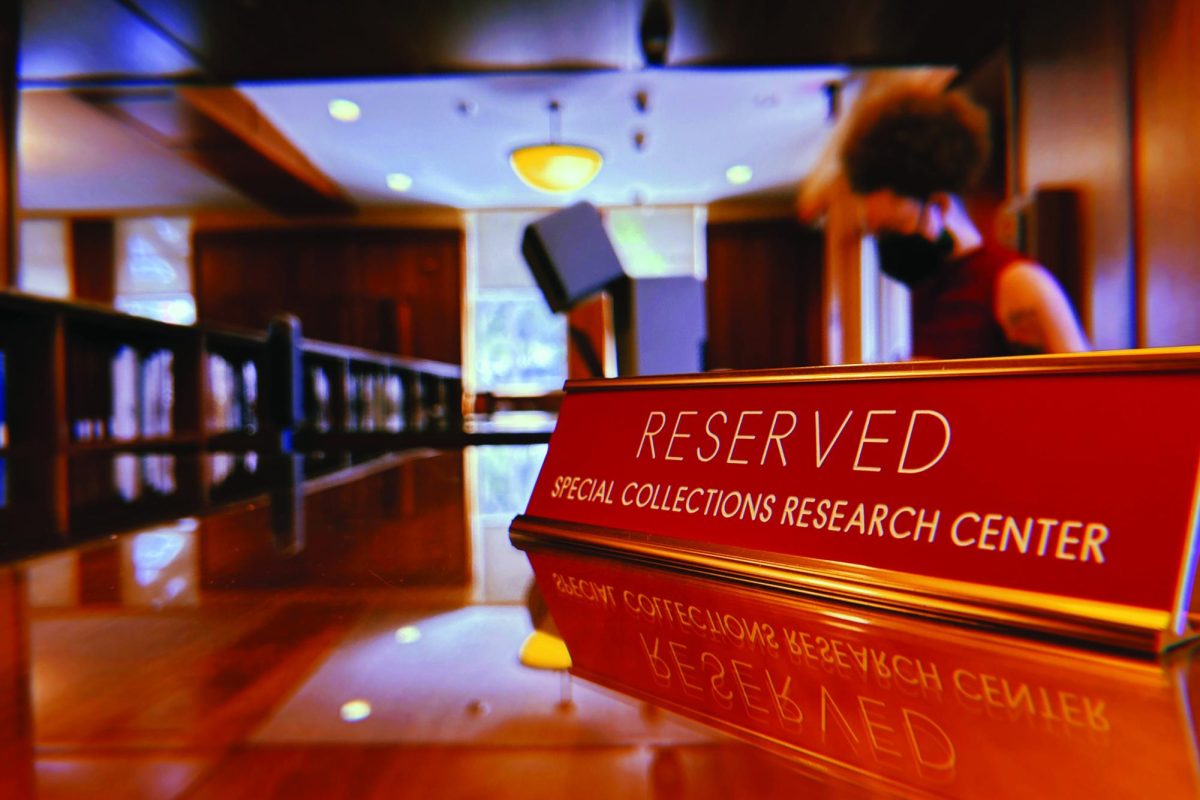The Facts: The contentious Atrium-Talley project is expected to cost students approximately $100 million. The new Hunt Library, because of its academic classification, will receive state appropriations funding to the amount of $115 million.
Our Opinion: The General Assembly has almost never financially supported student life building construction, but routinely finances academic, research and teaching buildings. The line between the two camps is hazy over the Talley-Atrium project. Why couldn’t the General Assembly pony-up for a student center with clear academic and educational benefits?
The Talley-Atrium fee referendum last week presented students with several questions about the proposed project, including: students’ desire to pay for the fee in its current form and their enthusiasm toward change to Talley Student Center and the Atrium.
Students disagree, quite contentiously, about who should pay for the project and the equity of the fee process, but few students would say the areas are adequate for the needs of the campus; do they even have running water?
Talley is the laughing stock of the UNC-System; but students don’t want to foot the bill for the required $100 million renovation to bring it out of Mao’s China and into the 21st century.
The funding is contentious because, as a student life building, the project must be entirely funded by student fees; all academic, teaching and research buildings are funded by state appropriations.
The Talley indebtedness fee and academic-building funding requests go through the same faculties for approval (the Board of Governors and N.C. General Assembly), the difference is the funding source.
Centennial Campus’ new Hunt Library is classified as an academic building and as a result is receiving about $115 million in state appropriations to facilitate its construction — about the same level of funding the new Talley project will need.
Therefore, the question is: what differentiates a project like Hunt Library from Talley Student Center?
Both projects provide students and other campus entities meeting spaces, office space, culture, and social interaction. D.H. Hill has the Creamery, the East Wing and a movie theater; Talley has eating facilities, meeting areas and Stewart Theater. The line between academic and student life is almost becoming hazy for these two examples.
Tom Stafford, vice chancellor for student affairs, said when determining a building’s classification, its primary focus and utilization must be evaluated.
Common sense dictates that a library is a distinctly educational, academic building. Students spend hours there, studying, perusing the stacks and performing research. Likewise, most student life buildings — residence halls, dining halls, Student Health Services and Carmichael Complex, for example — are clearly recreational. But what happens when a project is near the fence? The new Talley project would doubtlessly aid students’ educational and academic experiences at college; under that criterion it is academic in nature. Perhaps the BOG and General Assembly should be fielding a state appropriations request, not a student indebtedness fee for the Talley project.



